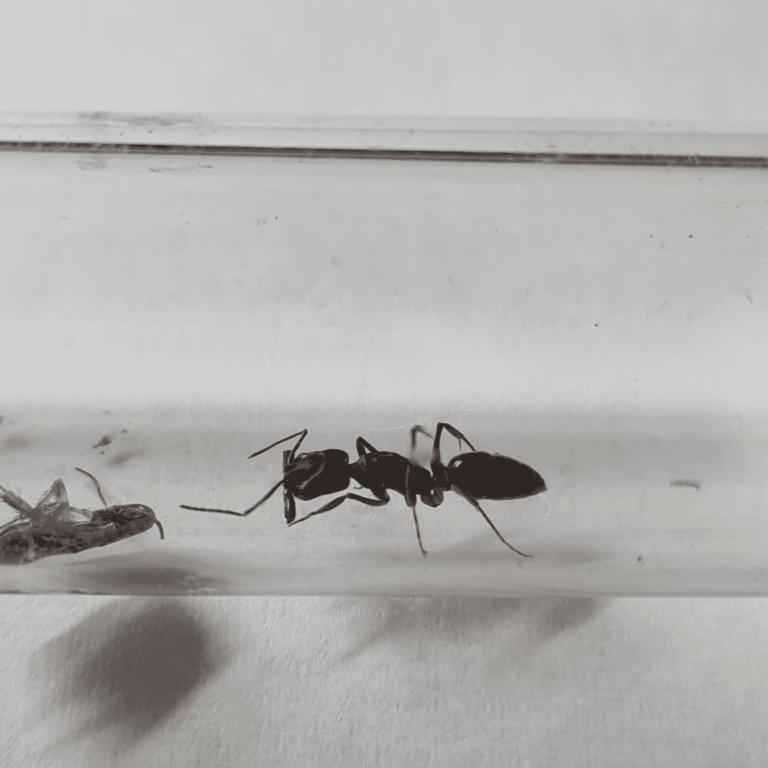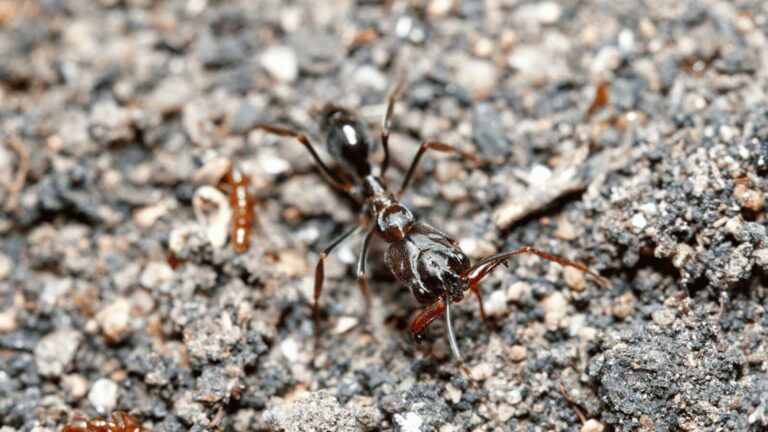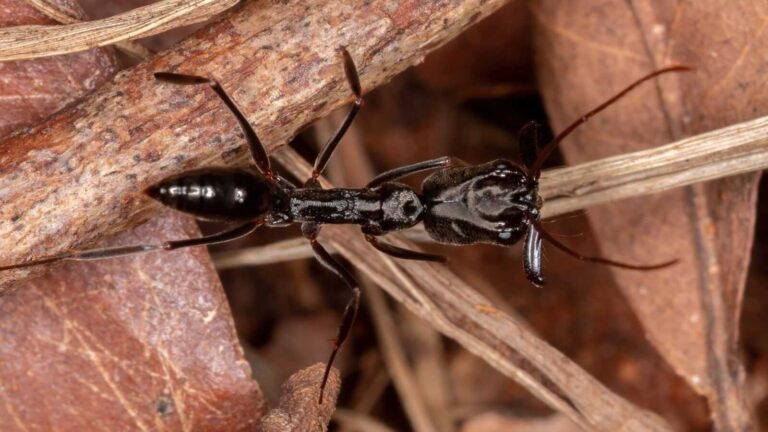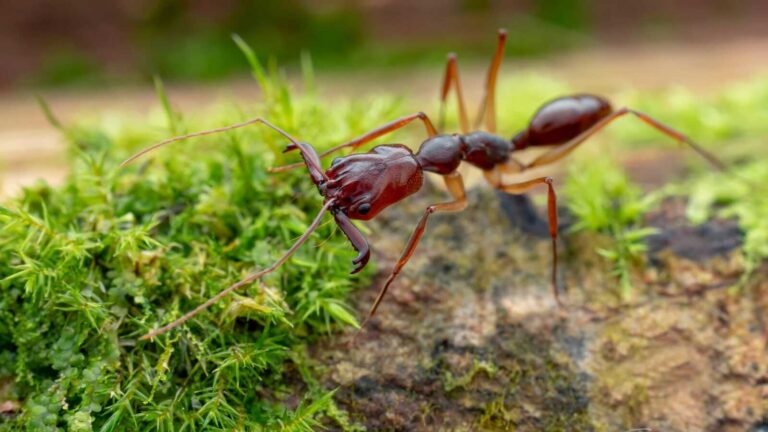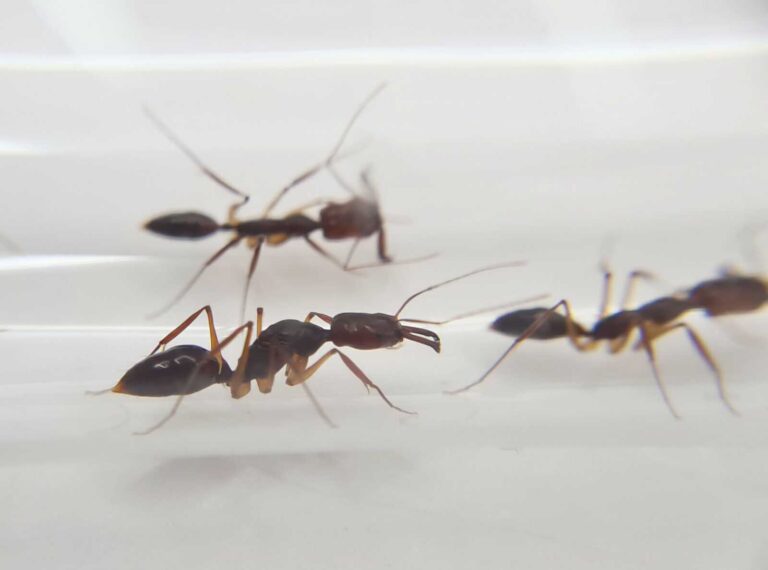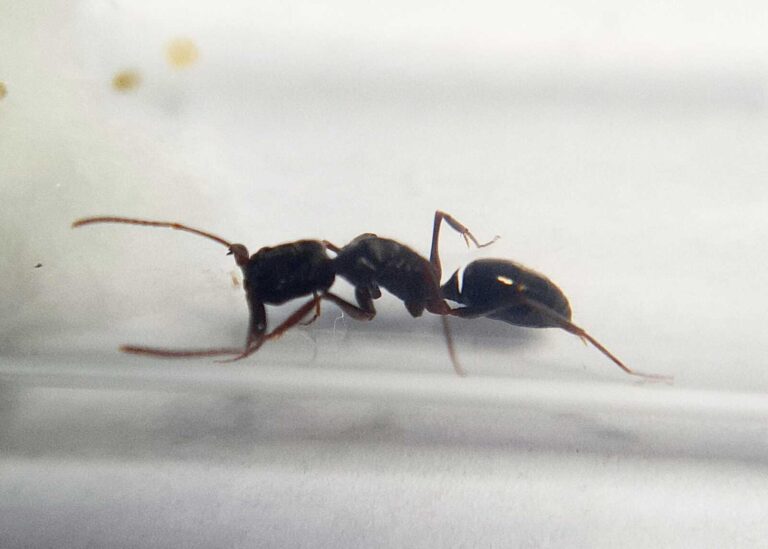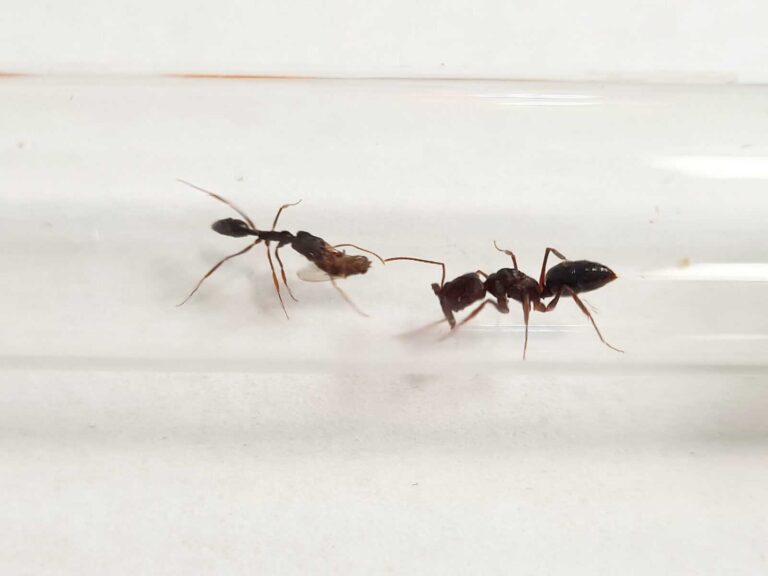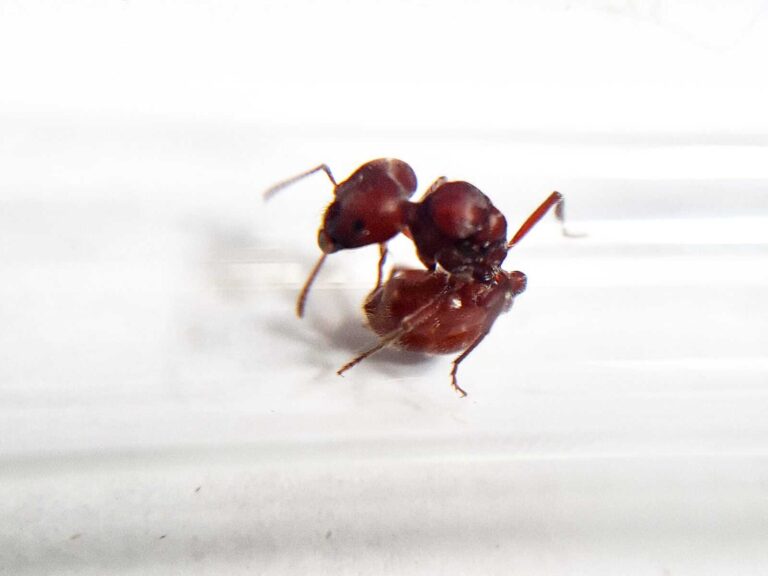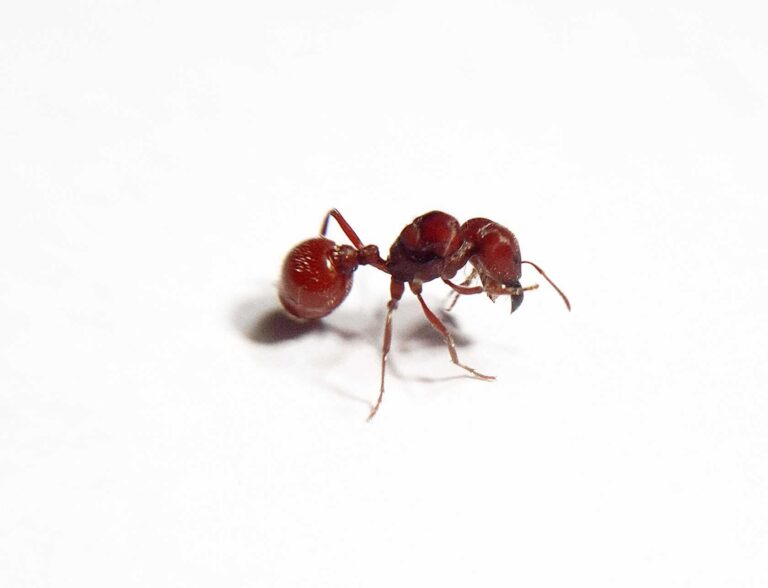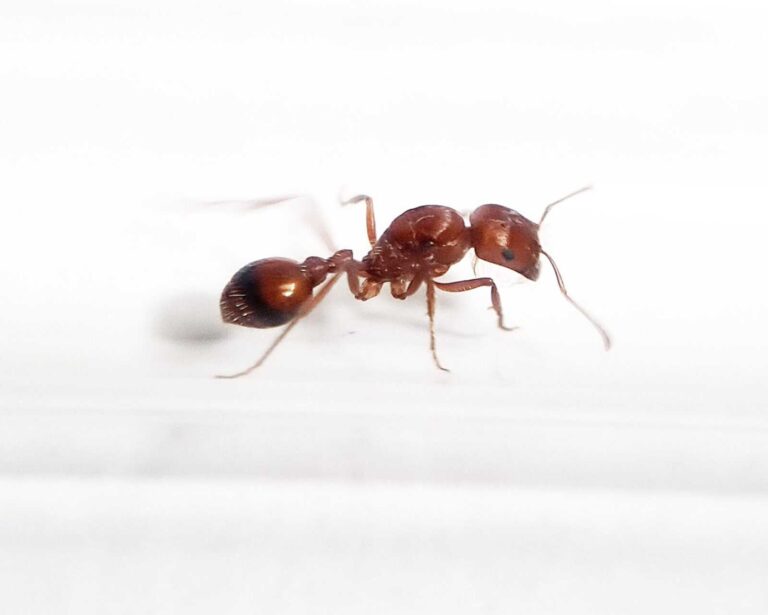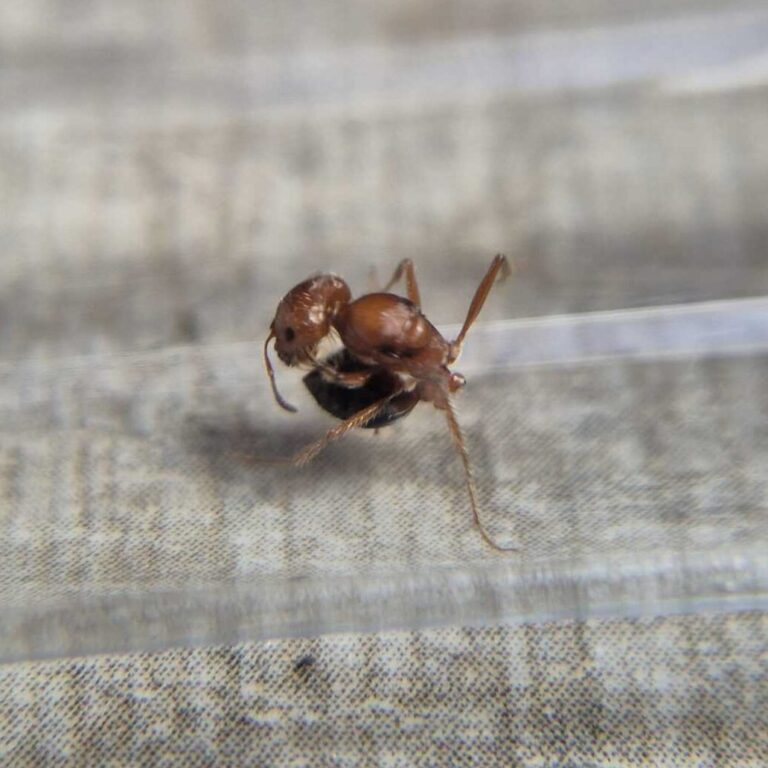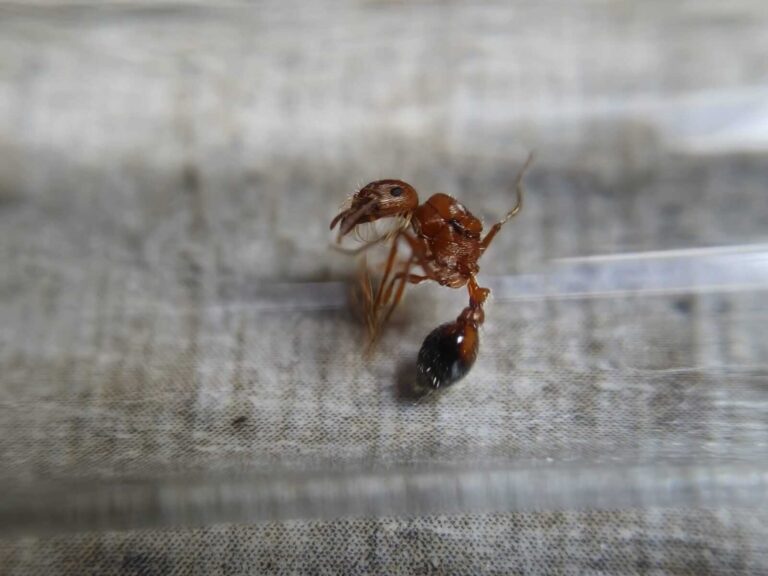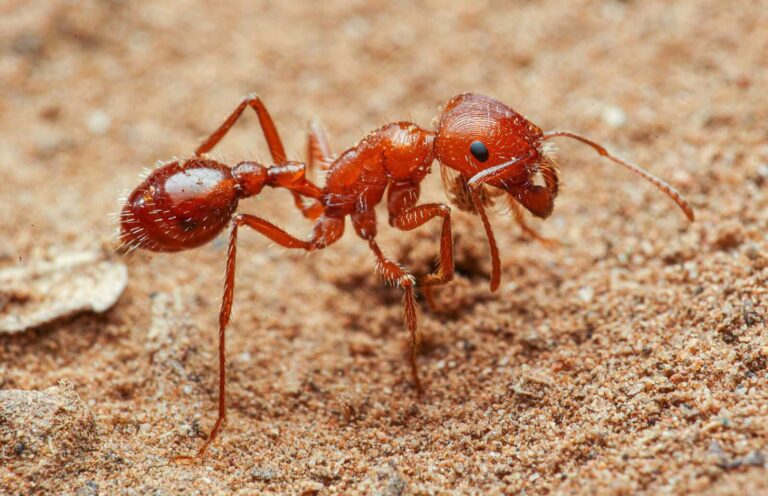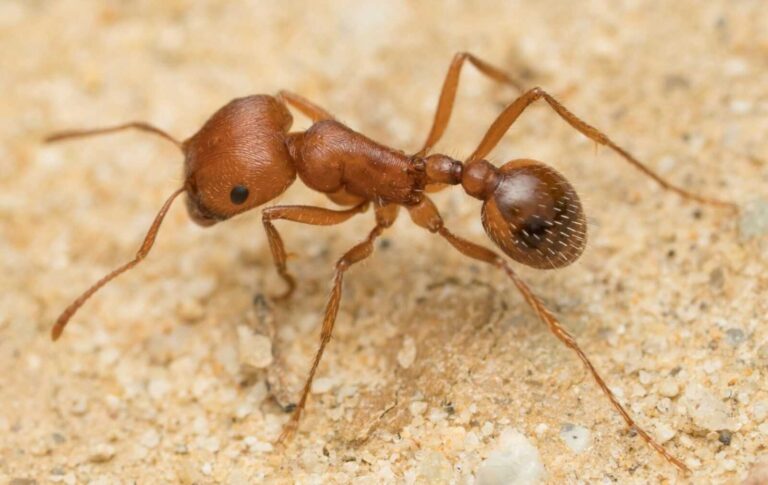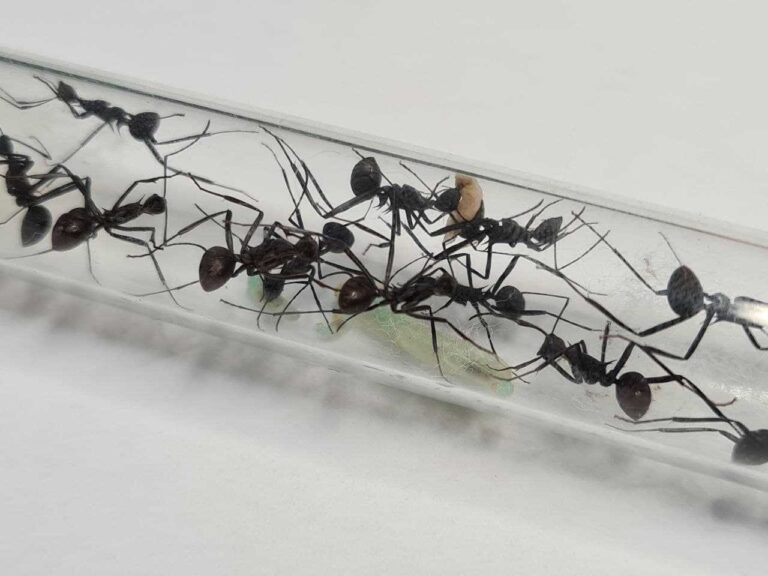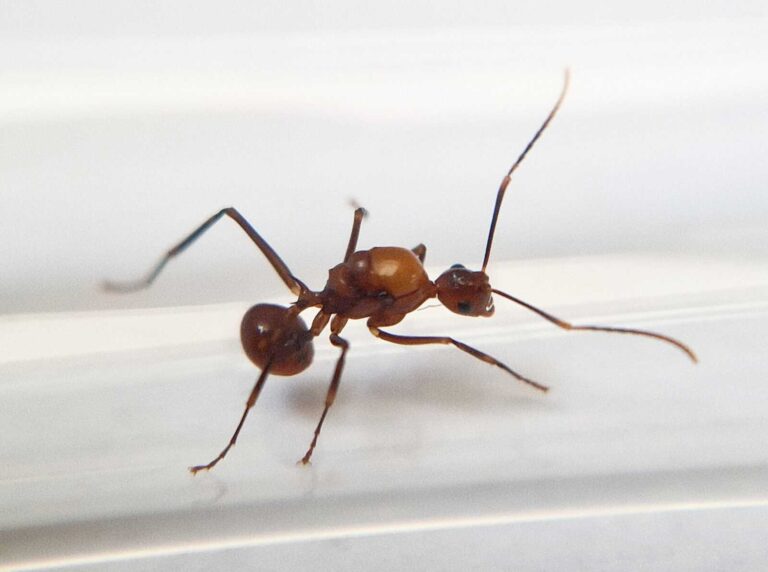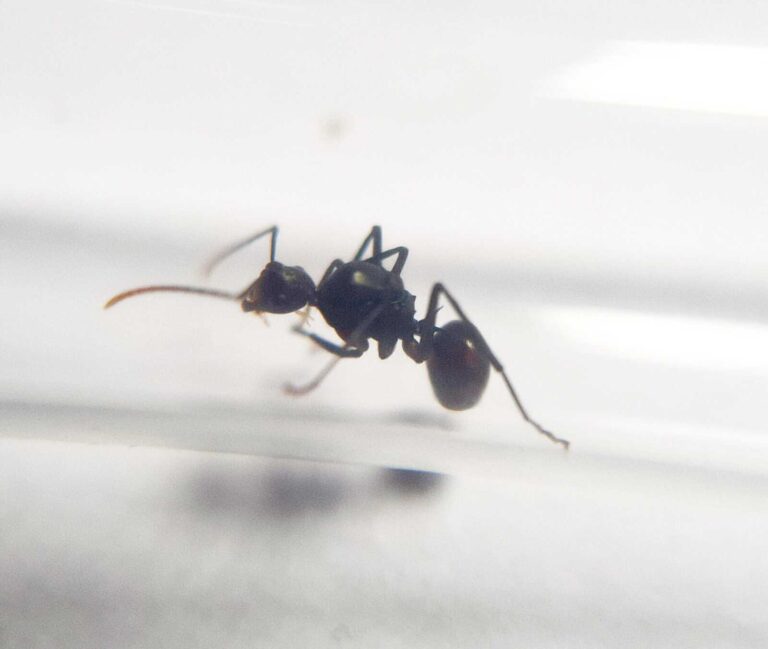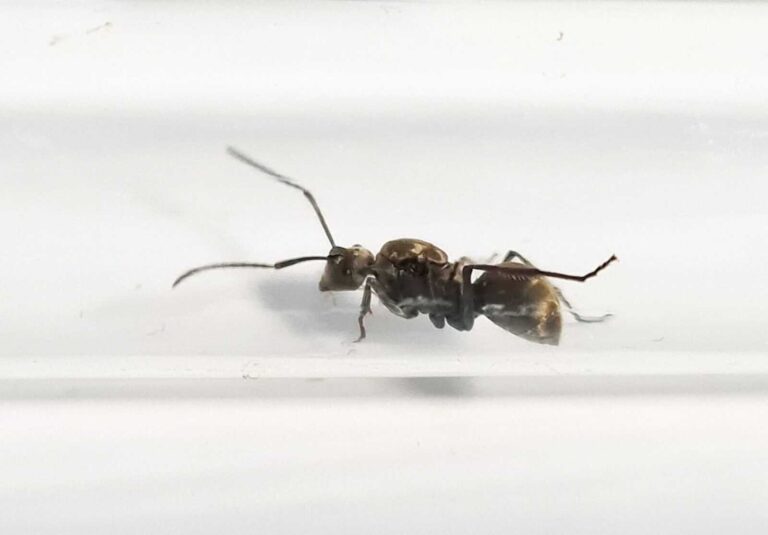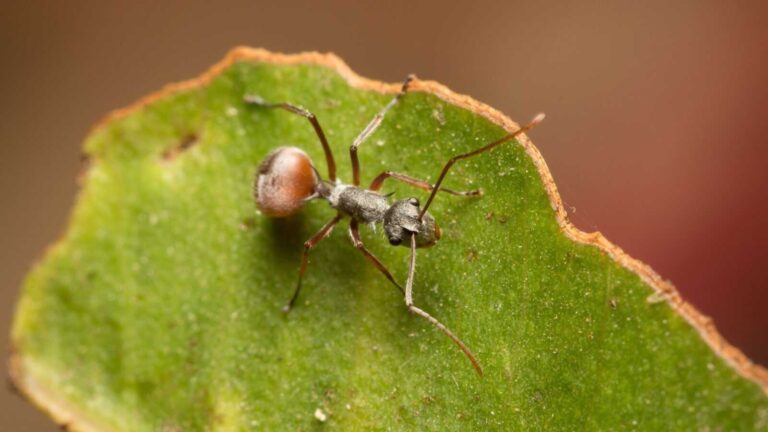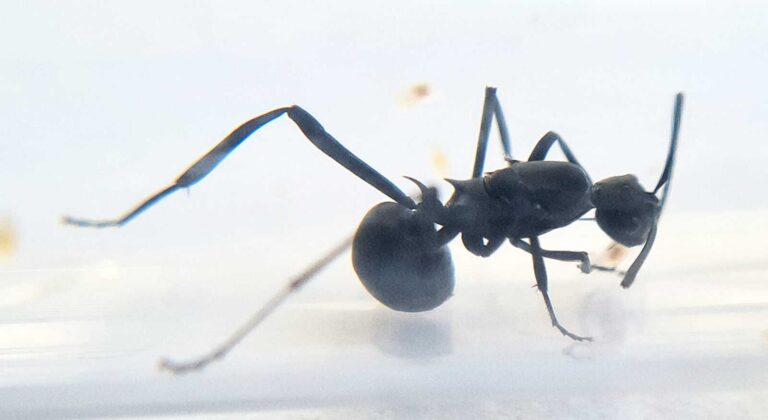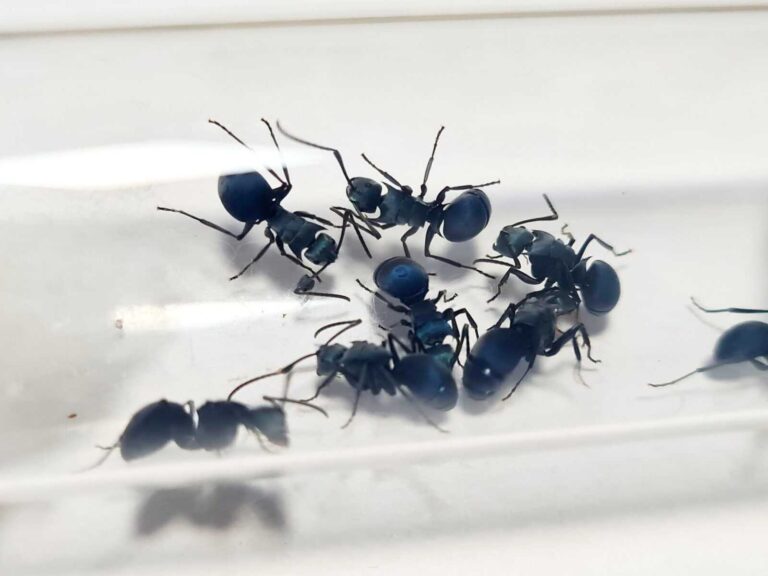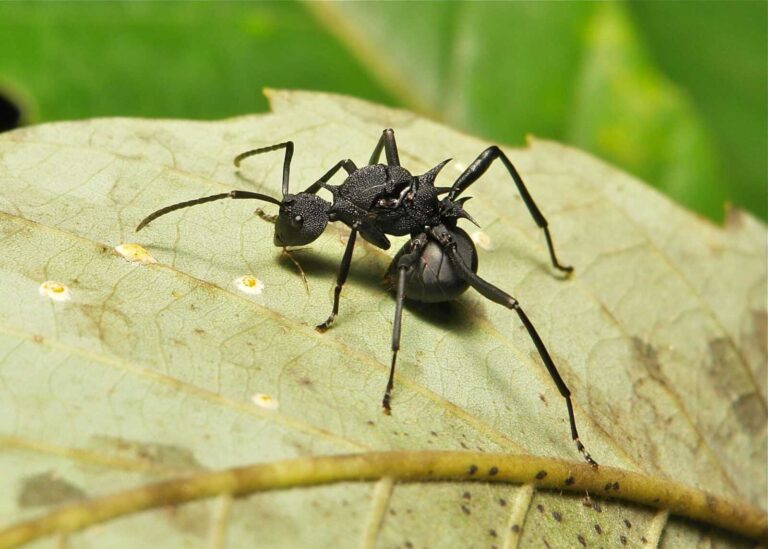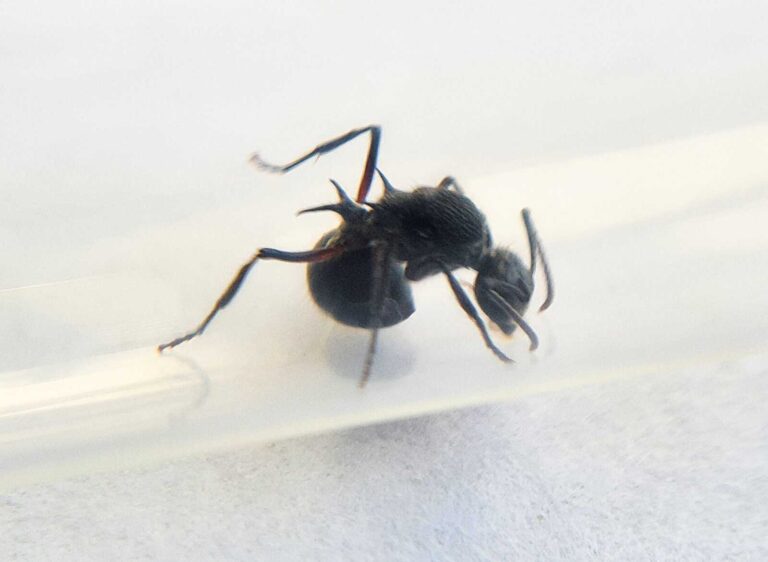Showing 121–140 of 159 results
- Queen 155
- Queen and 1-50 workers 2
- Queen and 1-3 workers 152
- Queen and 4-10 workers 153
- Queen and 11-20 workers 153
- Queen and 21-40 workers 153
- Queen and 41-60 workers 152
- Queen and 61-100 workers 90
- Queen and 51-100 workers 2
- Queen and 101-200 workers 8
- Queen and 201-500 workers 4
- Queen and 501-1000 workers 2
- 2 Queens 15
- 2 Queens and 1-3 workers 15
- 2 Queens and 4-10 workers 15
- 2 Queens and 11-20 workers 15
- 2 Queen and 21-40 workers 13
- 2 Queens and 41-60 workers 14
- 2 Queens and 61-100 workers 8
- 2 Queens and 101-200 workers 2
- 2 Queens and 201-500 workers 1
- 3 Queens 5
- 3 Queens and 1-3 workers 6
- 3 Queens and 4-10 workers 6
- 3 Queens and 11-20 workers 6
- 3 Queens and 21-40 workers 6
- 3 Queens and 41-60 workers 6
- 3 Queens and 61-100 workers 4
- 3 Queens and 101-200 workers 2
- 3 Queens and 201-500 workers 1
MicroMicro 13
SmallSmall 62
LargeLarge 73
HugeHuge 14
Odontomachus brunneus is a polygynous ant species with colony sizes of up to 500 workers. They have a medium development speed. The queens are 10-12 mm in size, while the workers are 10-11 mm. They are brown in color with golden to reddish brown legs. They feed on food insects like cockroaches and crickets, as well as sweet fruit. They require a humidity level of 50-70% in both the arena and nest. The temperature requirements are not specified.
The Odontomachus haematodus is a polygynous ant species with a colony size of up to 500 workers. They have a medium development speed and are brown in color with golden to reddish-brown legs. Their nutrition consists of food insects like cockroaches and crickets, as well as sweet fruit. They thrive in humidity levels of 50-70% in both the arena and nest.
The Odontomachus latidens is a polygynous ant species with colonies of up to 500 individuals. They have a medium development rate and the queen measures 10-12mm while workers measure 9-11mm. They have a black and maroon body with maroon legs. Their diet consists of food insects and sweet fruit. They require a humidity level of 60-70% in the arena and 60-80% in the nest.
The Odontomachus rixosus ant is a polygynous species with a colony size of up to 300 workers. They have a medium development rate and the queen measures 11-13 mm while workers measure 10-12 mm. They have a slightly red head and a brown body. They feed on food insects such as cockroaches and crickets, as well as sweet fruit. They require a humidity level of 60-70% in the arena and 60-80% in the nest. The optimal temperature for this species is not mentioned.
The Odontomachus simillimus colonies are polyginia and can have up to 200 workers. They have a medium development rate. The queen measures 11-12 mm and workers measure 10-11 mm. They are black with reddish extremities. Their nutrition consists of food insects and sweet fruit. The recommended humidity levels for the arena and nest are 60-70% and 60-80% respectively.
Odontomachus troglodytes is a polygynous ant species with colonies of up to 300 workers. The queen measures 8-11mm and workers measure 7-9mm. They have a red dark black head and red-brown body. Their diet consists of food insects such as cockroaches and crickets, as well as sweet fruit. They require a humidity level of 60-70% in the arena and 60-80% in the nest.
Pogonomyrmex badius is a species of ants that form monogynous colonies with up to 10,000 individuals. They have a medium development rate and the queen measures 12-14 mm while workers measure 6-10 mm. The ants are red-brown in color and feed on food insects and seeds. They require a humidity level of 40-60% in the arena and 50-60% in the nest.
Pogonomyrmex bicolor is a monogynous ant species with colony sizes of up to 10,000 individuals. They have a medium development rate and their queen measures 9-11 mm while workers measure 5-8 mm. They are red-brown in color and their diet consists of food insects and seeds. They require a humidity level of 40-60% in the arena and 50-60% in the nest.
Pogonomyrmex subnitidus is an intriguing ant species with a strong sting and large colonies. This article will provide information on their colony type, size, development speed, color, nutrition, humidity, and temperature preferences. Consider keeping them as an extraordinary pet.
Pogonomyrmex maricopa is a monogynous ant species with colony sizes of up to 20 thousand individuals. They have a medium development rate and the queen measures 11-12 mm while workers measure 5-9 mm. They are red-brown in color and feed on food insects and seeds. They require humidity levels of 60-80% in the arena and 70-90% in the nest.
Pogonomyrmex subnitidus is a species of ant that has a polygynous colony structure with up to 10-15 thousand individuals. They have a medium development speed and the queen and workers have different sizes. They are dark orange in color and feed on food insects and seeds. The humidity and temperature requirements for their habitat are specified as well.
Polyrhachis abdominalis is a monogynous ant species with a colony size of 10,000 workers. It has a fast development speed and the queen measures 9-13mm while the workers measure 8-11mm. This ant species has a black body and a red abdomen, and its nutrition consists of food insects, syrup, fruits, vegetables, jelly, and cooked chicken without salt.
Polyrhachis alata is a polygynous ant species known for its fast development speed. With a colony size of 50,000, it has queens measuring 7.5-10mm and workers measuring 5.5-8mm. These ants have an orange-brown coloration and require a diet consisting of food insects, syrup, fruits, vegetables, jelly, and cooked chicken without salt.
Introducing our innovative and high-performance product, designed to meet all your needs. It boasts a sleek design, user-friendly interface, and advanced features to enhance productivity. With its versatility and durability, this product is perfect for professionals in various industries. Elevate your efficiency and experience unparalleled performance with our exceptional product.
The Polyrhachis arcuata is a monogynous ant colony with a size of 10,000 workers that develops quickly. The ants have a golden body covered with golden hairs and measure 10-12mm for queens and 8-9mm for workers. They are fed on food insects, syrup, fruit, vegetables, jelly, and cooked chicken without salt.
Polyrhachis beccari is a monogynous ant species with a colony size of up to 5000 workers. They have a fast development speed and come in various sizes, with queens measuring 10-12mm and workers measuring 6-8mm. The ants are gray and gold in color, and their nutrition includes food insects, syrup, fruits, vegetables, jelly, and cooked chicken without salt.
Polyrhachis bicolor is a species of ant with monogyny colony type. The colony size can reach up to 5000 workers and the development speed is fast. The ants have a queen size of 10-12mm and workers size of 5-8mm. They have a dark gray head and red abdomen. They feed on food insects, syrup, fruits, vegetables, jelly, and cooked chicken without salt.
Polyrhachis calypso is a monogynous ant species with colony sizes of up to 5000 workers. They have a fast development speed. The queen is 10-13mm in size, while workers range from 6-10mm. These ants are black and matte in color. They consume food insects, syrup, fruits, vegetables, jelly, and cooked chicken without salt.
Polyrhachis cyaniventris is a monogynous ant species with a colony size of up to 5000 workers. They have a fast development speed and are approximately 11-14mm for the queen and 8-11mm for the workers. These ants have a blue color and their nutrition consists of food insects, syrup, fruits, vegetables, jelly, and cooked chicken without salt. They require a humid environment.
Polyrhachis furcata is a polygynous ant species that can have colonies of up to 10,000 workers. They have a fast development speed and the queen measures 9-11mm while the workers measure 6-9mm. They are dark black-green with a dark red belly and their diet includes insects, syrup, fruits, vegetables, jelly, and cooked chicken.


